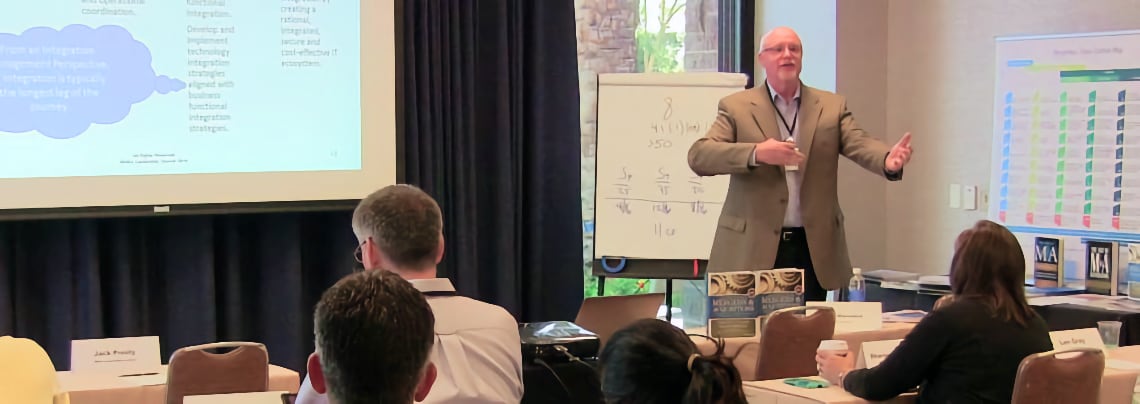Q4 Index Dips Slightly But Stage is Set for Future Deals
Submitted by Baker & McKenzie
With global events remaining turbulent and unpredictable throughout Q4 2016, this quarter’s Baker McKenzie Cross-Border M&A Index dipped very slightly on the previous quarter but overall market conditions look good for long-term dealmaking...
